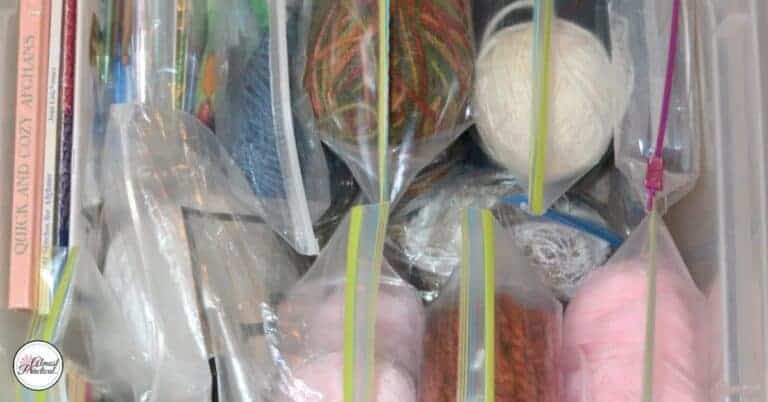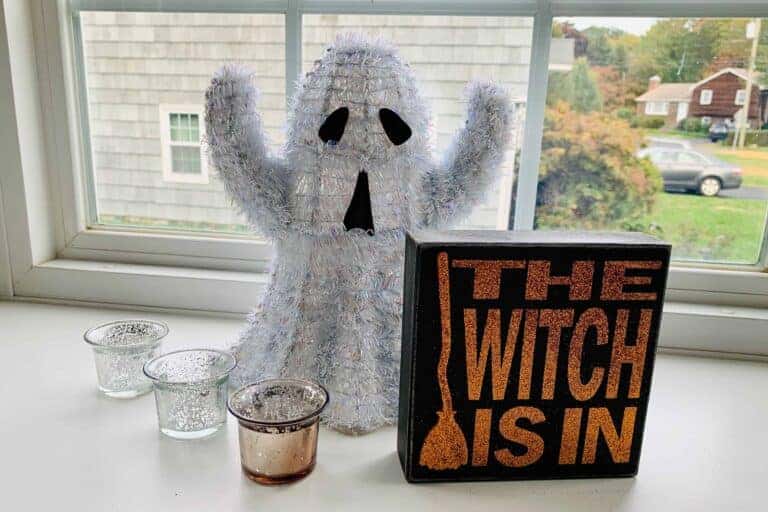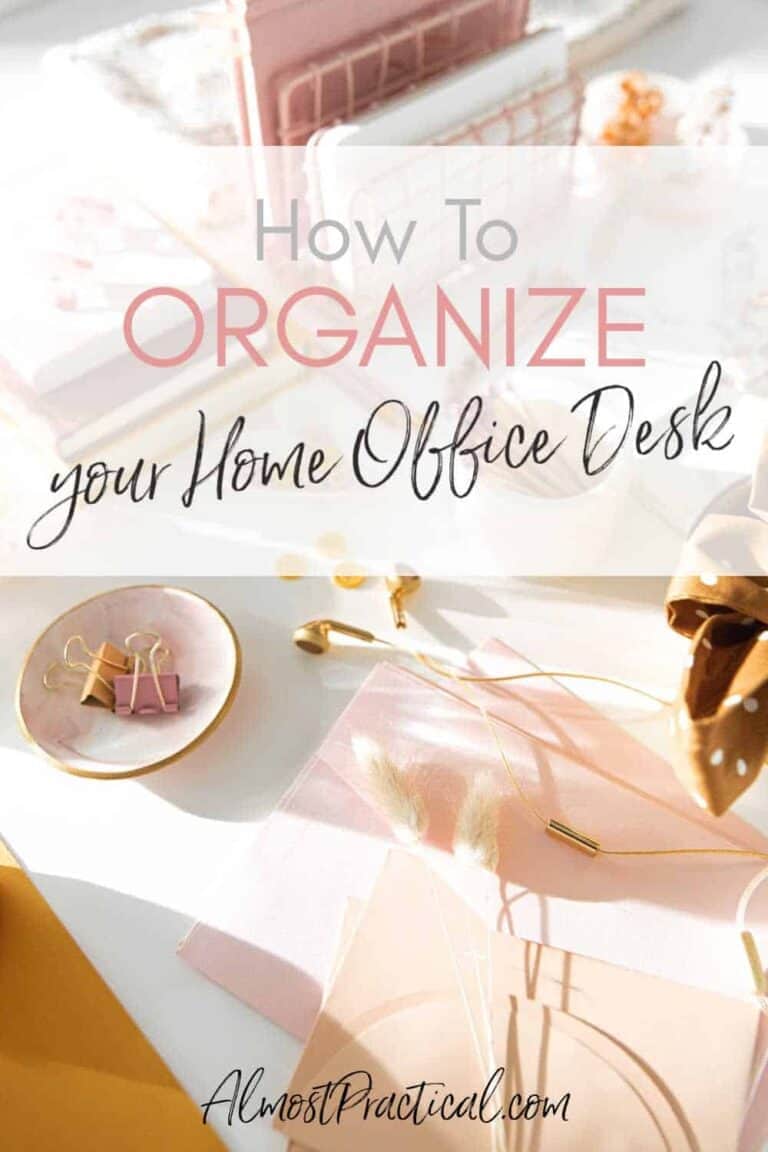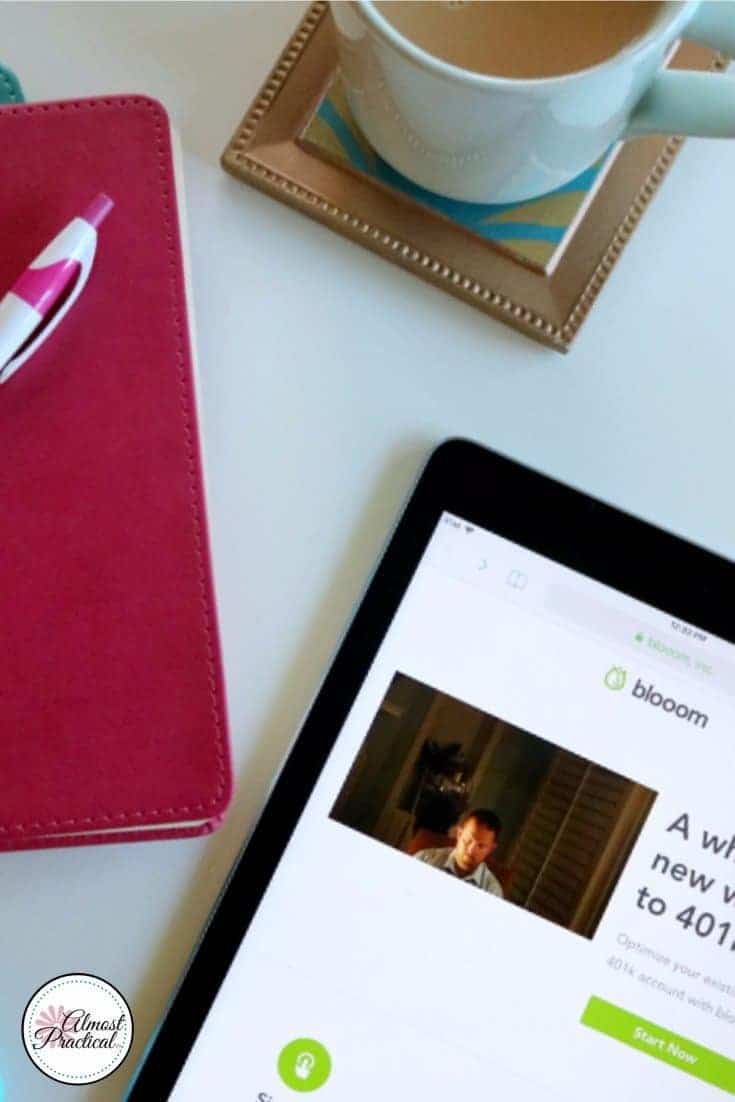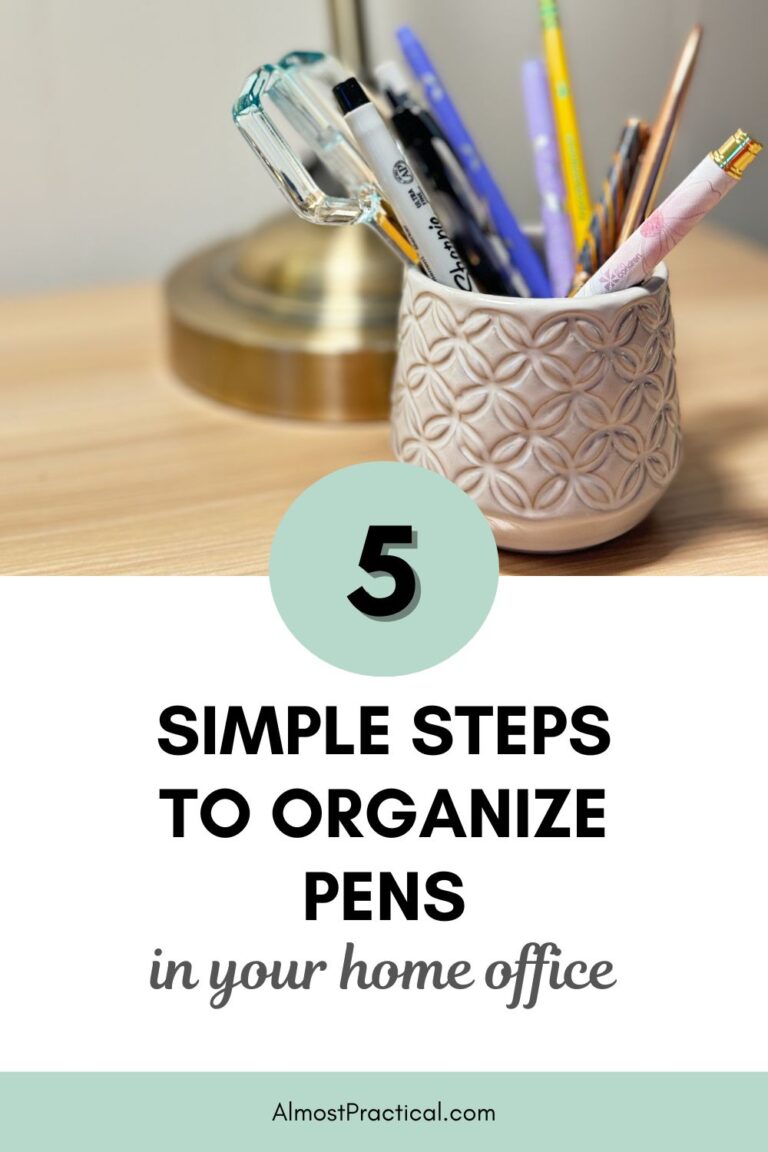How to Organize Your DIY Projects
This post may contain affiliate links which means I make a commission if you shop through my links.
Disclosure Policy
In 2020 I have taken on DIY in a big way.
After all, we are spending more time at home – so why not do some of those projects that were on the back burner?
Or learn to do something new?
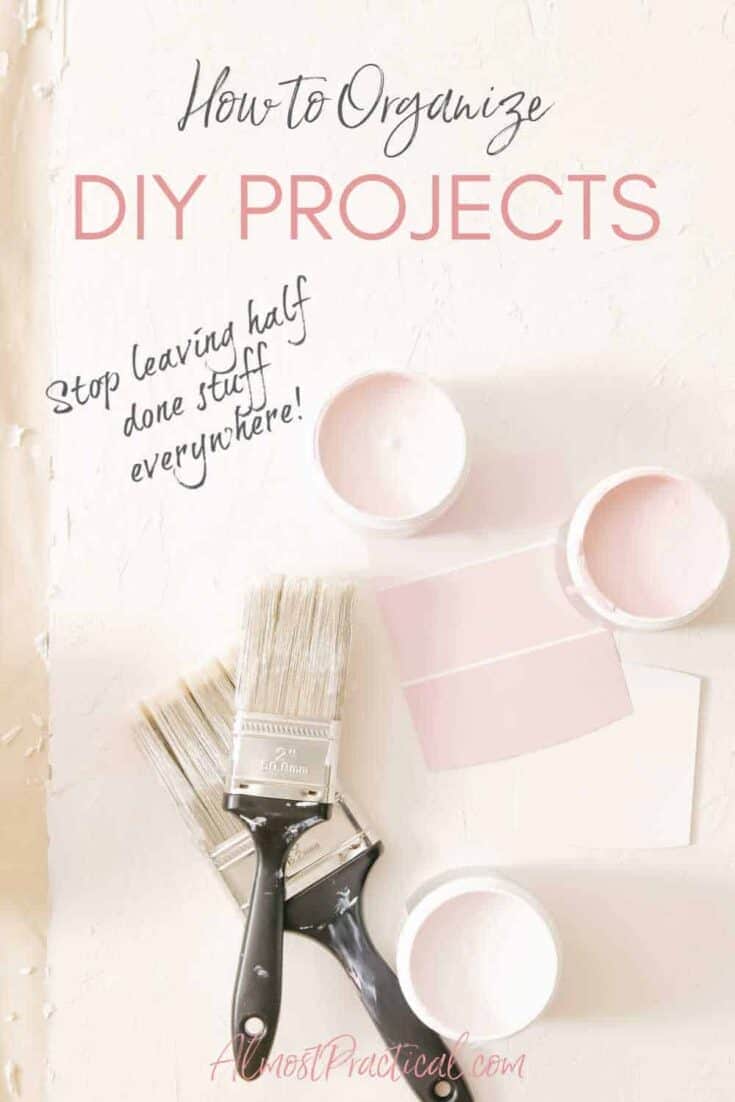
It all sounds great – until you try to do ALL. THE. THINGS.
That’s where it falls apart.
So, it’s really important to stay organized not only with your crafting but also with your DIY planning.
Here are some of the methods I have been using to keep my DIY organized.
Hopefully you will find some things that are useful to you, too.
Organize Your Research
You may not realize it, but if you are like me, you spend a lot of time planning your DIY projects.
First, there is that black hole of searching the internet for ideas.
Honestly, I could search forever and never end up actually making anything.
If you find yourself going down that rabbit hole, then you need to find ways to organize your research.
The last thing you want to do is go searching for that one project you found a few days ago that you now realize would be perfect for what you want to make.
The answer is bookmarks.
There are many ways to bookmark the projects that inspire you online.
Use an Evernote Notebook
My favorite method is to create a notebook in Evernote and use the Evernote webclipper Chrome extension to save the entire article into a DIY notebook that I set up.
This way I can browse through my Evernote DIY notebook and read the articles directly within that interface.
The note also includes a link to the original source – so I can click through if I want to explore more ideas on that particular site.
You can also tag notes in Evernote.
So, I use tags based on type of DIY. My tags include:
- sewing projects,
- knitting projects,
- home decor,
- quilting, etc.
Other Ways to Bookmark
If you don’t have Evernote, there are many other options.
The simplest and free method is to create a bookmarks folder in your browser and keep links to all your favorite articles there.
Or you can use the Pocket App, Google Keep, OneNote, and so many more.
Keep It All In One Place
When it comes to organizing your research, the most important thing is to keep everything in one place.
If you keep your bookmarks on different platforms then you will end up frantically looking all over the place for the article that you bookmarked.
Don’t Use Pinterest Boards
This is one reason that I don’t like to use Pinterest Boards to organize my DIY research.
A Pinterest Board can be a good starting point just to collect projects that seem interesting.
But once you click through to the article and decide that it is something that you may want to make, be sure to add that article to your main list of bookmarks.
For me, I would clip the article into my Evernote notebook.
Consider a Craft Subscription
If online research is taking up way too much of your time, you may want to consider getting a subscription to a service like:
- CreativeBug or
- Craftsy (formerly Bluprint).
These services have built in tutorials for all different types of DIY projects. I have both and love them.
Alternatively, you could sign up for a subscription box service. Often these have materials, supplies, and project directions all in one.
Some craft subscription boxes include:
- SewSampler Box from the Fat Quarter Shop
- Pineapple Slice Box from Pineapple Fabrics
- a wide variety of Craft Subscription boxes from CrateJoy
Create a Project Calendar
Once you have your research organized, spend some time looking through it to decide what you actually want to make and why.
Don’t just bookmark and forget about it!
I like to use an Erin Condren Dated Monthly Petite Planner to plan out the projects I want to make each week.
This planner has monthly calendars in the front followed by a good amount of blank lined pages.
I use the calendars to assign myself projects to do and the sidebar to list projects that I want to do.
The lined pages are perfect for making a shopping list for supplies that I need and important measurements for my projects.
Because the Petite Planner is such a nice portable size, I just slip it in my bag and take it with me when I head to the store.
This has made a huge difference in my planning.
You see, there aren’t any fabric stores close to me. The nearest Joann’s is about 40 minutes away.
So, I can’t just run out and get something if I forget it.
My list is gold.
Make a Current Project Drawer in Your Craft Room
When I am working on a project, my small craft area in the basement gets really cluttered.
To help control the mess, I emptied out the top drawer in a simple set of plastic rolling drawers and made this my “current project” drawer.
I put all the supplies that I need for the project that I am currently working on in this drawer before I begin the project.
As I work on the project, I store the unfinished pieces in here (if they fit) as well.
This keeps my working surfaces more clean and clear.
Staying Organized Helps Me to Create More
These 3 steps not only keep my DIY projects organized but have also freed up my time which makes it possible for me to create more.
Try organizing your research, keeping a project calendar, and setting up a current project drawer and let me know it the process helps you too.
Happy creating!


